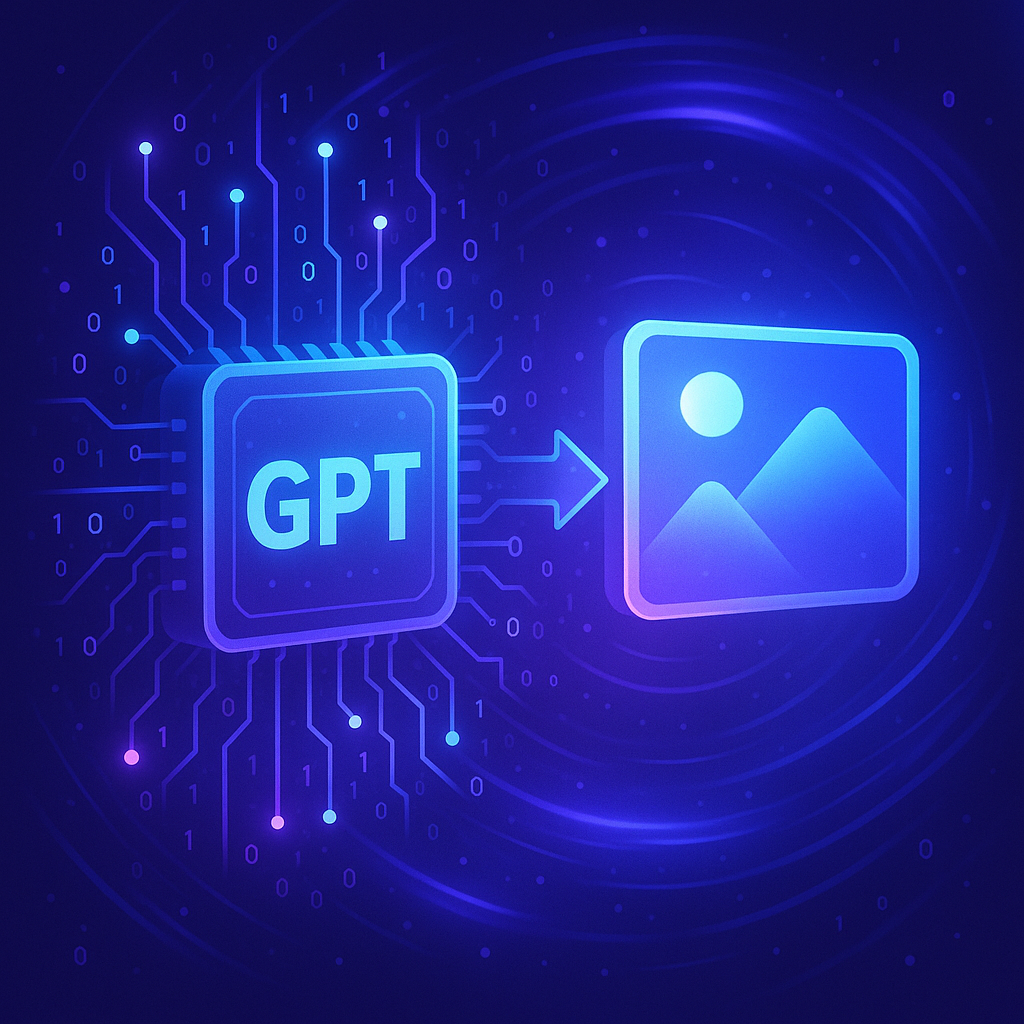Revolutionizing Visual Content with GPT Image Generation
Discover how OpenAI's latest image generation technology transforms creative workflows, enhances productivity, and enables new possibilities across marketing, design, education, and content creation industries.

OpenAI's GPT image generation marks a genuine leap forward in AI technology. The system blends deep language comprehension with creative image-making abilities in ways we haven't seen before. Professionals in numerous fields are finding it changes how they approach and develop visual content entirely.
Key Features of GPT Image Generation
What makes this technology stand out from other AI image generators? Several key advantages:
- Remarkably accurate translation from text descriptions to visual elements
- Professional-grade resolution that meets commercial standards
- Versatile style capabilities spanning photorealism to artistic interpretations
- User-friendly editing tools with conversational refinement
- Clean text integration within generated images for information design
Transformative Applications Across Industries
The impact is already being felt across multiple professional domains:
- Marketing teams create branded visuals and campaign assets in minutes rather than days
- Product designers visualize ideas and variations with unprecedented speed
- Content creators develop illustrations and visual stories without technical barriers
- Educators craft engaging visual learning materials tailored to specific lessons
- UX/UI designers quickly prototype interfaces without extensive graphic design work
Technical Foundations
Unlike traditional image generators, GPT's approach uses a fundamentally different architecture. By combining language models with visual systems, it achieves several notable capabilities:
- It truly understands complex descriptions and renders them accurately
- Multiple elements can be arranged logically within a single composition
- Scenes look natural with proper object placement and relationships
- Style remains consistent regardless of what's being depicted
Optimization Strategies for Professional Results
Want better results? Experienced users recommend these approaches:
- Be specific about what matters - describe key elements in detail
- Clarify how objects relate to each other spatially in complex scenes
- Try different style terms - "oil painting" versus "photorealistic" can transform output
- Work iteratively - use each result to refine your next prompt
- Don't forget technical specs like aspect ratio when they matter to your project
The Future of AI-Assisted Visual Creation
As this technology matures, we'll likely see it integrate more deeply with creative workflows and specialized industry tools. Visual communication possibilities will expand across platforms in ways we're just beginning to imagine. This isn't simply another incremental step in AI image creation - it represents a fundamental shift in how professionals approach visual storytelling and content development.